Did you know that a car’s battery is one of the most important parts of the vehicle? It provides the electrical current that powers the starter motor and ignites the fuel in the engine. Without a battery, a car simply will not run. And, just like any other part of your car, your battery can wear out over time. They will slowly lose their ability to hold a charge. When this happens, it’s time to replace the battery. So, what are the signs of a dead car battery? Is there any way to jump-start a car that has bad battery symptoms? In this blog post, we’ll try to answer these questions. Here you will get to know the important signs of a bad battery and how to test a car battery.
You will also get to know about some essential tips on how to keep your car battery in good condition. Read on to learn more.
Symptoms of a Bad Car Battery
Here are some telltale signs to help you know if your car battery is bad:
1. Battery Age:
When your car battery is old, it can lead to a dead car battery. This usually happens when the battery can no longer hold a charge. When this happens, you’ll need to replace the battery. You can do this yourself or take it to a mechanic. If you choose to do it yourself, make sure you have the proper tools and follow the instructions carefully. If you take it to a mechanic, they will be able to do it for you and may even be able to test your old battery to see if it’s still good.
2. Slow to Start:
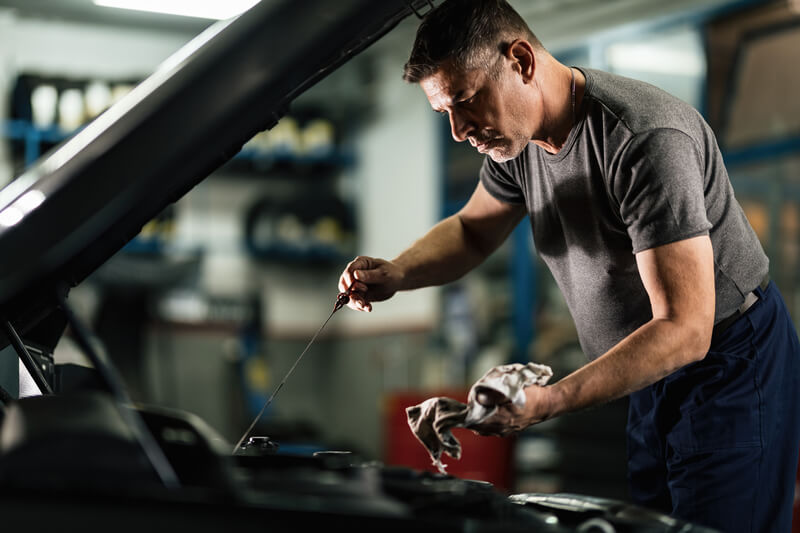
If your car is slow to start, it may be because your battery is dying. A dead battery can be caused by a number of things, including a faulty Alternator, a loose connection, or simply age.
3. Vehicle Starts But Dies Suddenly:
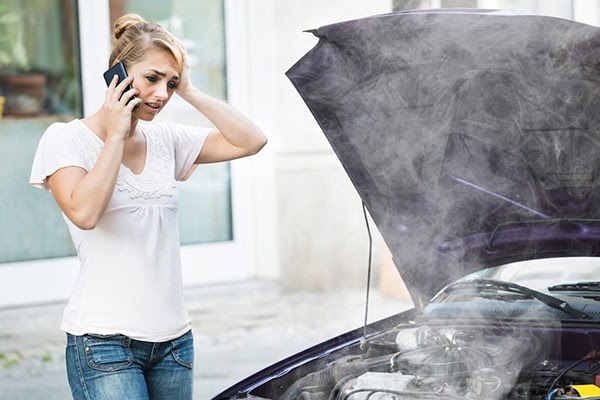
If your car starts but then dies suddenly, it’s likely that your battery is dead. This can happen for a number of reasons, including leaving your lights on or running out of gas. If you find yourself in this situation, the best course of action is to call a tow truck or a friend with a jump starter. Trying to drive with a dead battery is not only dangerous, but it can also damage your car’s electrical system.
4. Cranks or Clicks While Starting:
If your car cranks or clicks while starting, it’s a sign of a dead car battery. Batteries have a certain life period. Eventually, you need to replace your car battery to keep your car in working condition. Especially, if your battery’s age is more than three-four years, it is probably time to replace the battery. You can test your battery’s health with a voltmeter. Dead batteries are the most common cause of cars’ starting problems.
5. The Battery Case is Swollen:
A swollen battery case is a sign that the battery is overcharged. When this happens, the battery chemically breaks down and produces hydrogen gas. This gas builds up inside the battery case, causing it to swell. If the swelling is severe, it can cause the battery case to burst, which can be dangerous. If you see a swollen battery case, it’s important to have the battery checked by a mechanic to see if it needs to be replaced.
6. Battery Light:

The battery warning light on your car’s dashboard is usually one of the crucial bad battery symptoms. It gives you an indication to check your car’s battery. Depending on the make and model of your car, you may be able to replace the battery by yourself, or you may need to take it to a mechanic. Either way, it’s important to take care of this problem as soon as possible, as a dead battery can leave you stranded.
7. Problems with Electrical Components:
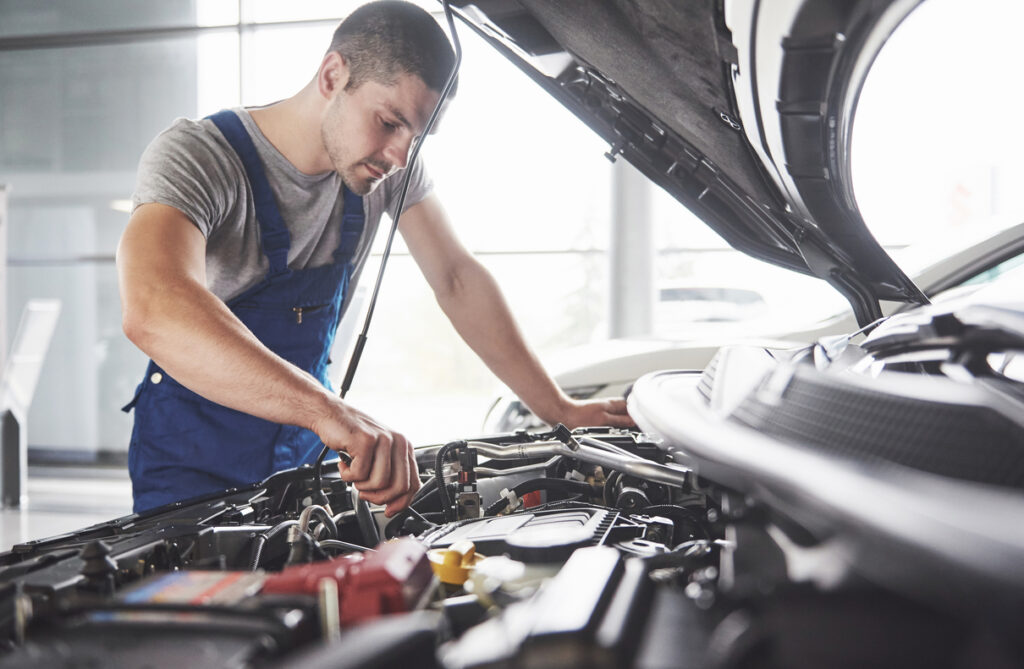
If your car’s electrical components are acting up, it could be a sign that your battery is dying. Common symptoms include dim headlights, trouble starting the engine, and erratic behavior from the audio system. If you’re experiencing any of these issues, it’s best to get your battery tested as soon as possible.
8. Backfiring:
Backfiring can be a sign of a dead car battery. When the battery is low on power, it causes the engine to misfire. This in turn causes the engine to backfire. If you notice your car backfiring, it’s a good idea to check the battery and make sure it’s still healthy. A dead battery is one of the most common reasons for a car to backfire. If the battery is indeed dead, you’ll need to replace it as soon as possible. Otherwise, your car may not start or may experience other issues.
Must Read: Why Car Losing Power While Driving
9. Battery Leaking:
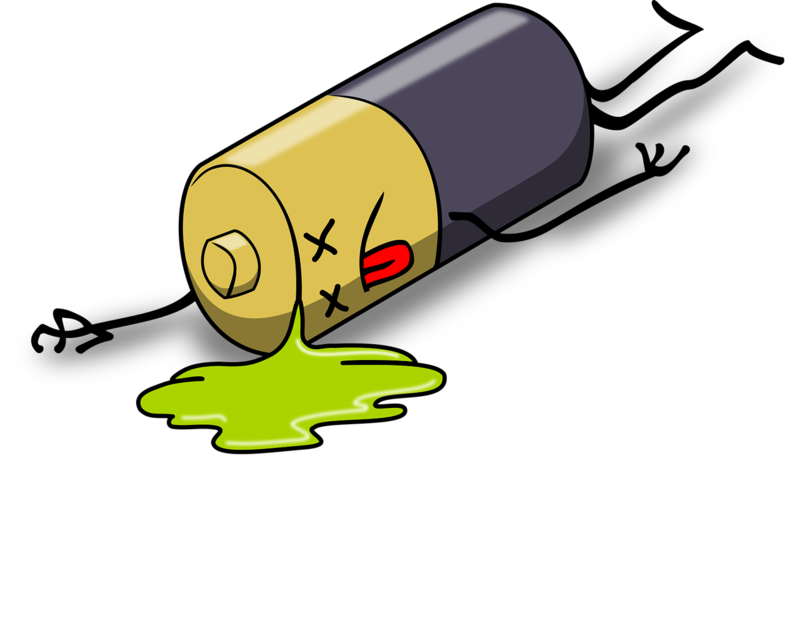
A car battery is an essential piece of equipment, and it needs to be in good working condition for a car to run properly. One way to tell if a car battery is starting to fail is if it starts to leak. Battery leakage can be a sign that the battery is not holding a charge as well as it used to, and it can also be a sign that the battery is overcharging. If you notice any battery leakage, it’s important to take your car to a mechanic to have the problem diagnosed and repaired.
10. Heavy corrosion:
Corrosion on the terminals of your car battery is a telltale sign that it’s time for a replacement. The corrosion is caused by the build-up of lead sulfate, which forms when your battery is charging and discharging. Over time, this lead sulfate becomes increasingly difficult to remove, and eventually, it will completely cover the terminals, preventing them from making contact with the cables. If you see heavy corrosion on your battery terminals, it’s an indication that your battery is nearing the end of its life.
Also Read: How to Test MAP Sensor with Or without a Multimeter
How to Jump-Start a Dead Car Battery
Is the battery of your car not in good condition and giving you problems starting the car? Do you want to jump-start a car with a dead battery? Follow these steps to do that:
1. Ready The Jumper Cables:
You need jumper cables to connect the dead battery to an external source of power, which is a good battery from another car.
2. Position The Vehicles:
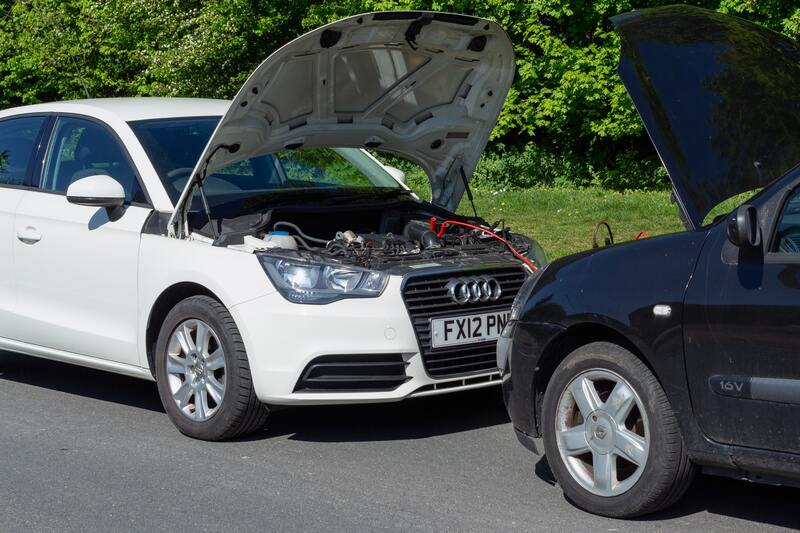
Position both the cars in such a way so that you can connect both batteries properly with jumper cables without any possibility of disconnection.
3. Connect The Jumper Cables:
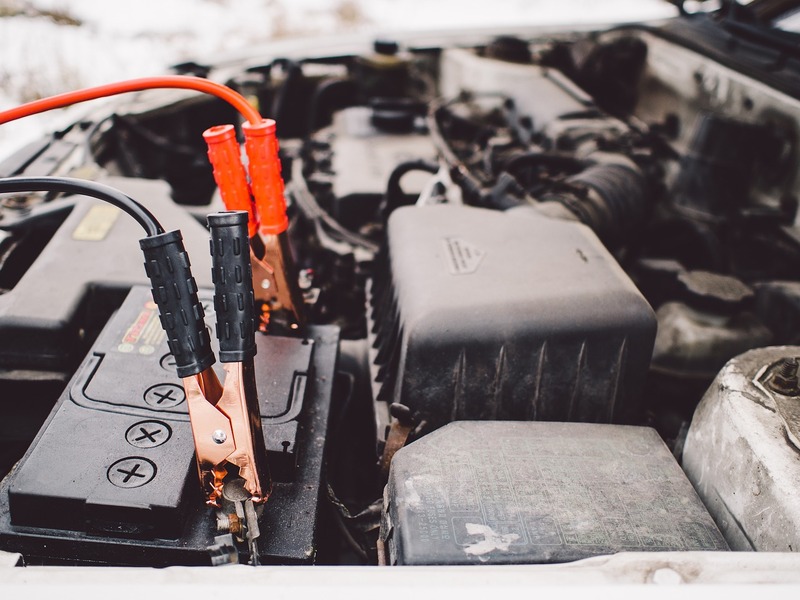
Before connecting the jumper cables, make sure the ignition of both cars is on. Then clamp one end of the jumper cable to the positive terminal of the dead battery. Connect the other end of this positive jumper cable to the positive terminal of the good battery. Follow the same process when you connect the negative clamps of the dead battery and the good battery.
4. Jump Start The Battery:
Start the car with a good battery first. Then try starting the car with a dead or weak battery. If the car with a dead battery starts, keep it in this state for a few minutes to let the battery get recharged.
5. Detach The Jumper Cables:
Detach the jumper cables in reverse order.
6. Keep The Engine Running:

Keep the car engine running to check how well the battery is charged. If it stops suddenly, then ask for assistance from a local service station.
How to Avoid a Dead Battery:
One of the most frustrating things that can happen to a driver is getting into the car, turning the key, and finding that the battery is dead. Not only is it a major inconvenience, but it can also be dangerous if you’re stranded in a dark or remote location. There are a few simple steps you can take to avoid a dead battery, however.
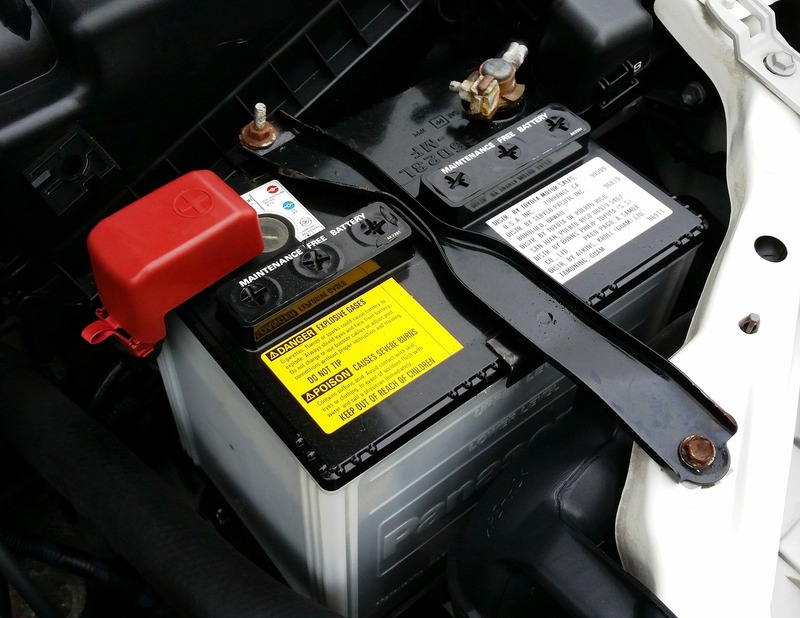
- Firstly, keep your car battery clean. Dirt and corrosion can build up on the terminals and prevent the flow of electricity.
- Second, keep an eye on your headlights. If they start to dim, it’s a sign that your battery is losing power and needs to be replaced.
- Finally, don’t forget to run your engine for at least 15 minutes each day. This will help keep the battery charged and prevent it from dying.
Must Read: Different Types of Car Lights and When to Use Them
By following these simple tips, you can avoid the hassle and danger of a dead car battery.
How to Test a Car Battery with a Multimeter:
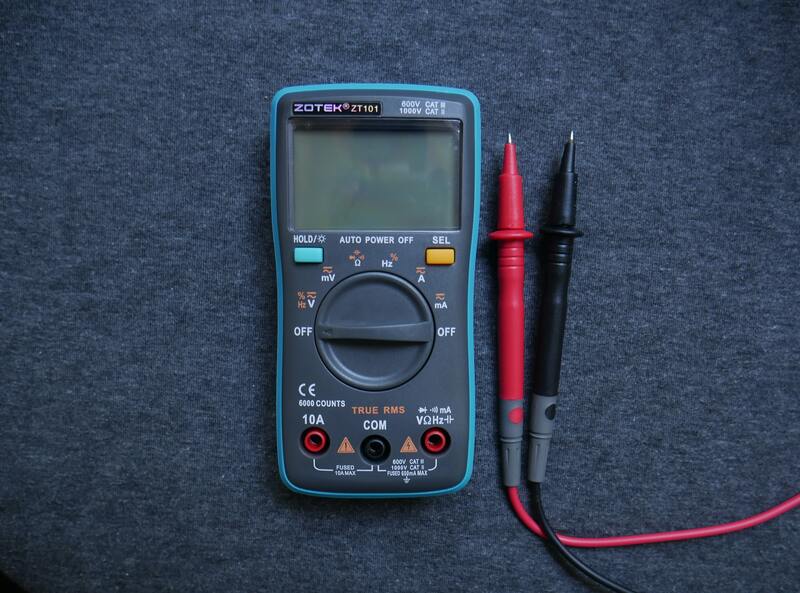
If your car won’t start, it could be due to a weak battery. But how can you tell if the battery is the problem? One way is to use a multimeter to test the battery. This device can measure electrical current, voltage and resistance, so it’s ideal for testing car batteries. Here’s a complete stop-by-step guide on how to do it:
Step 1: Make sure that the multimeter is turned off and the probes are not touching anything. Then, touch one of the probes to the positive terminal of the battery and the other probe to the negative terminal. If the reading on the multimeter is 12 volts or higher, then the battery is fine. However, if it’s below 12 volts, then the battery may need to be replaced.
Step 2: Check the voltage readings while the engine is running. First, turn on the engine and let it idle for a few minutes. Then, touch one probe to the positive terminal of the battery and the other probe to any metal part of the car body. The reading should be between 13 and 14 volts; if it’s lower than this, then there may be an alternator problem.
Step 3: Check the resistance readings across each cell in the battery.
Conclusion:
If you spot any of these signs indicating a bad car battery, it’s important not to delay. Reach out to a nearby mechanic promptly to get your battery inspected. This can save you the trouble of dealing with a dead battery while driving. Getting a new battery is a smart move to resolve this issue effectively. Additionally, regular car maintenance plays an important role in extending the lifespan of your battery.
FAQs:
1. How to tell if a car battery is bad?
If your car needs a jumpstart more often than usual, this may be an indication that the battery is no longer holding a charge as well as it used to. Another sign of a bad battery is dimmed or flickering headlights.
2. Can a bad battery cause electric power steering problems?
If your car has electric power steering, then a bad battery can definitely cause problems. The power steering system relies on a small electric motor to assist you in turning the wheel. If the battery is weak or dying, it may not have enough power to properly operate the electric motor. This can make steering your car very difficult, especially at low speeds. In some cases, it may even cause the power steering to fail completely.
3. What are the bad negative battery cable symptoms?
If your car battery cables are corroded, it can cause all sorts of problems. The most common symptom is that the engine will struggle to start, or it may not start at all. Additionally, you may notice that the headlights are dimmer than usual, or that the interior lights are flickering. If the problem is severe enough, it can also cause the engine to stall while driving. In extreme cases, corroded battery cables can even cause a fire.
4. Why does the battery die again after a jump start?
If the battery is old, it may no longer be able to hold a charge and die again after a jump start. If the alternator is not working properly, it may not be providing enough power to keep the battery charged. Another reason for a dead car battery after a jump start is a problem with the electrical system.
5. How long should a car recharge battery last?
Most car batteries will last for around four to five years, but if you live in a cold climate, you may need to replace your battery sooner. Extreme temperatures can cause the battery fluid to freeze and prevent the battery from holding a charge. Similarly, if you don’t use your car very often, the battery may lose its charge over time.
6. How to maintain a car battery?
One of the most important things you can do is to make sure the terminals are clean and free of corrosion. You can do this by using a wire brush or a solution of baking soda and water. In addition, it’s important to keep your battery charged. This can be done by making sure to turn off lights and accessories when they’re not in use, and by avoiding prolonged idling. By following these simple tips, you can help ensure that your car battery stays in good condition for years to come.
